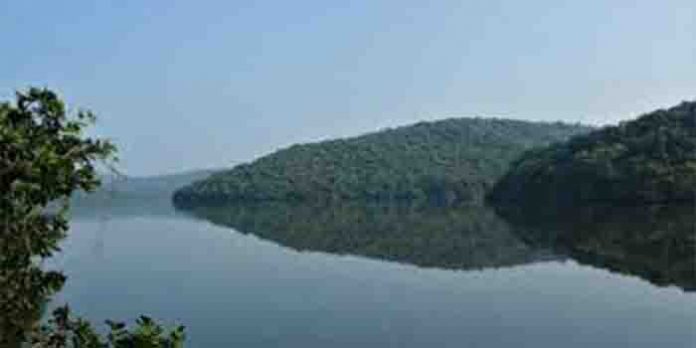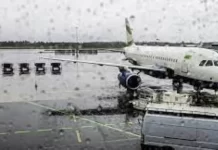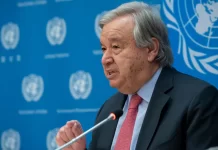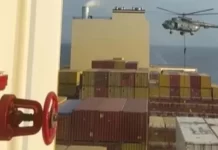Four sites in India have received the World Heritage Irrigation Structure (WHIS) tag this year. The sites are Cumbum Tank, Kurnool-Cuddapah Canal, Porumamilla Tank (Anantharaja Sagaram) in Andhra Pradesh and 490-year-old Dhamapur Lake in Maharashtra’s Sindhudurg district.
The International Commission on Irrigation and Drainage (ICID), a worldwide community of irrigation, drainage, and flood administration consultants, yearly recognises irrigation structures of international significance on the traces of World Heritage Sites recognised by the UNESCO. Rishi Srivastava, director, Central Water Commission (CWC), said they were notified earlier this month about the declaration. “It is a prestigious moment for India as these structures are now of international significance. These structures, when they were built, were ahead of their times in terms of their technology. State governments will get more incentive and motivation to maintain them and ensure they are functional for years to come based on this recognition.” In 2018, Pedda Cheru Tank in Kamareddy district and Sadarmat Anicut in Nirmal district, both in Telangana, were named as WHIS sites.
Other recognised sites this year globally included four structures in China, two from Iran, three in Japan. So far, Japan (42) has the highest number of WHIS sites followed by China (23). India, Iran and Sri Lanka have 6 each. Every country has a national committee and they share the information about their sites with ICID, which then passes it to an international jury. “Major criteria for WHIS entails that a structure should be more than 100 years old, should be functional, achieving food security and have archival value. Each site is evaluated based on its merits first by the state government. The proposal is then sent to the Centre and a team from CWC carries out an on-ground survey to verify details. Findings are presented before the national committee, which finally submits the proposal in the prescribed format (with Central government inputs and on-field photographs) to the international jury,” said Srivastava.






















